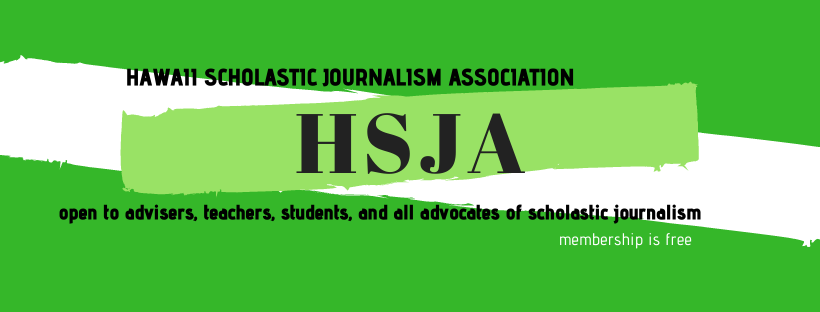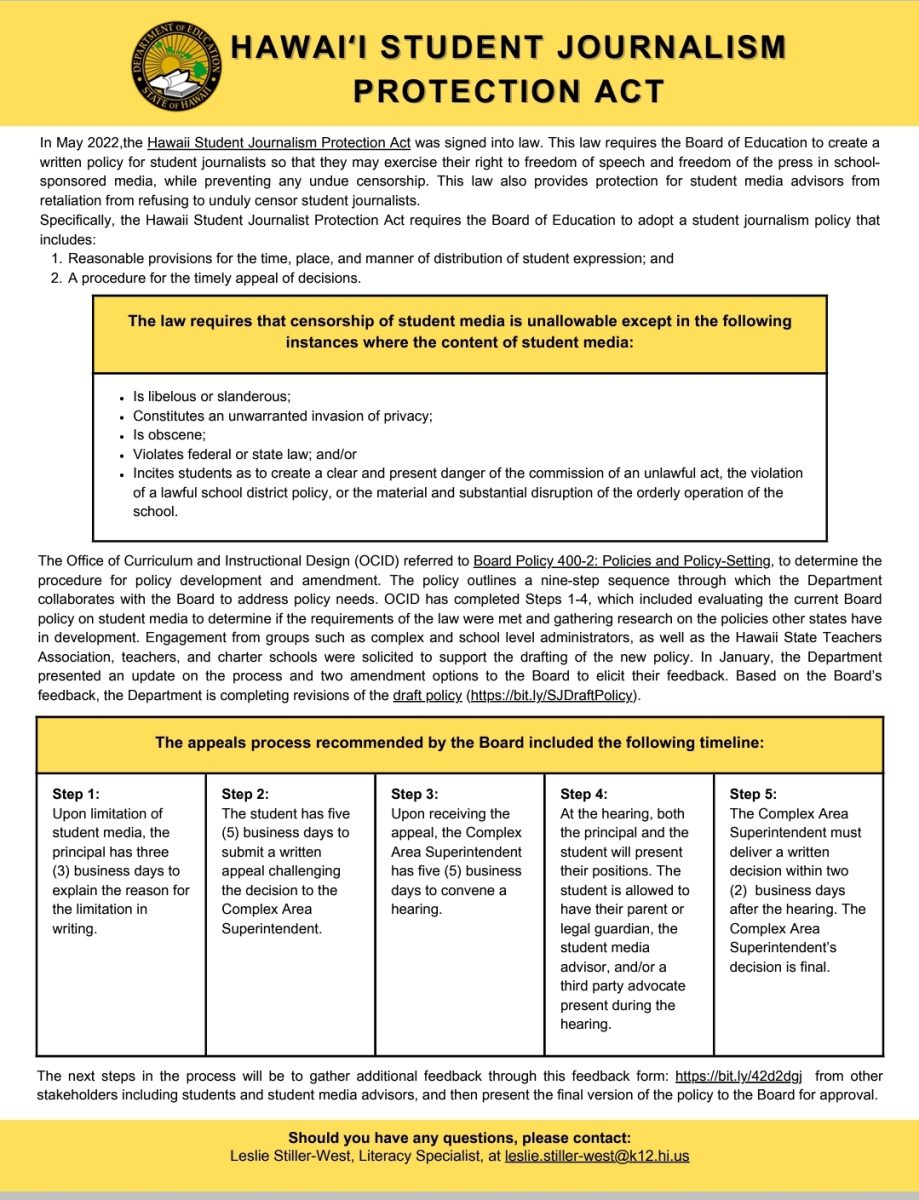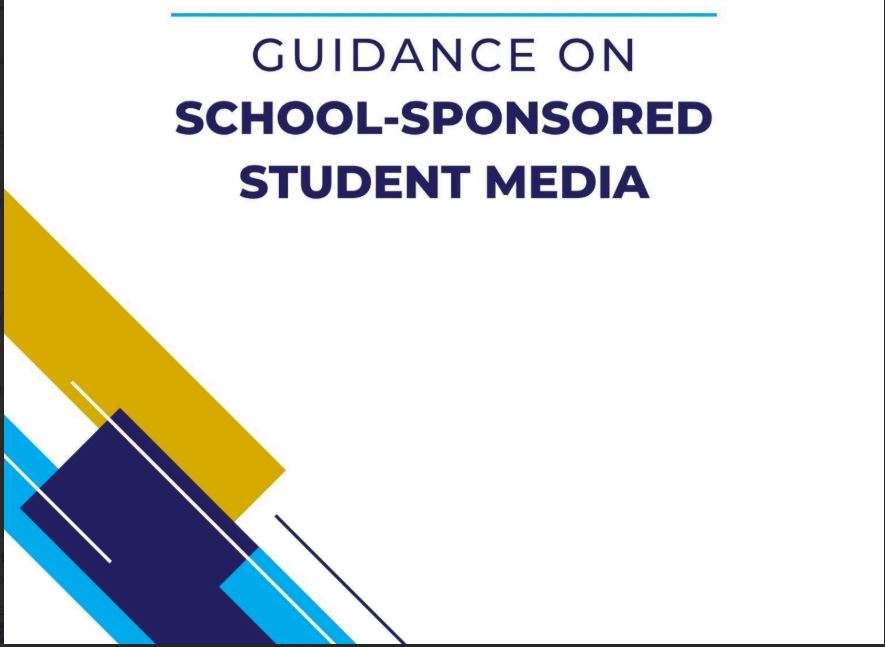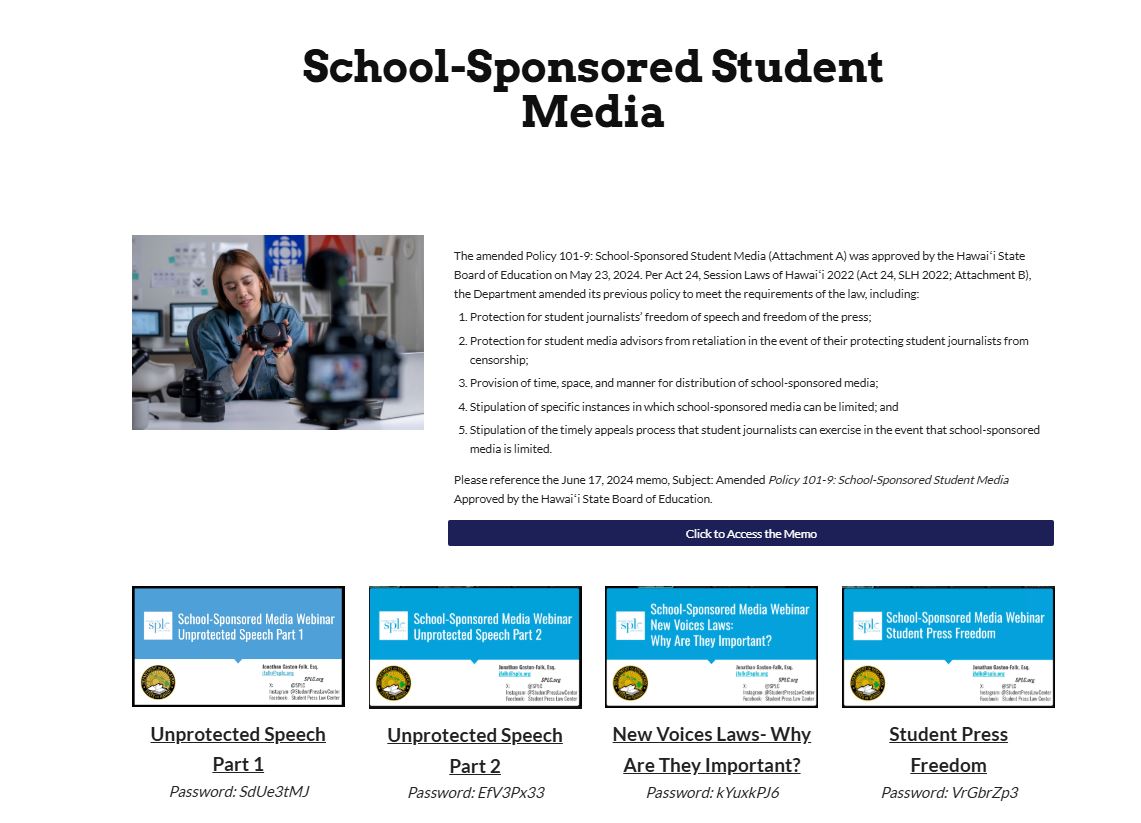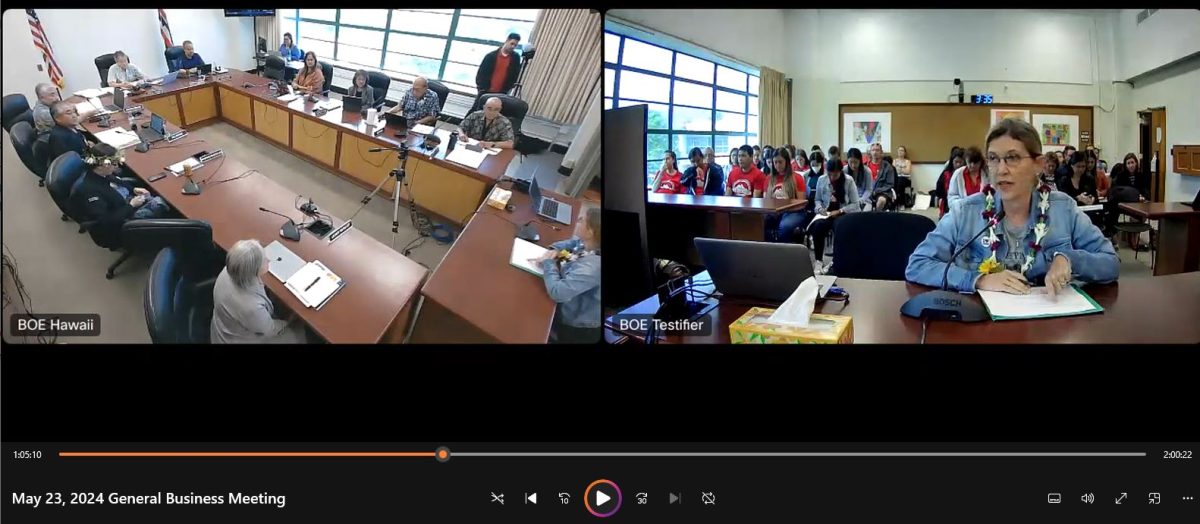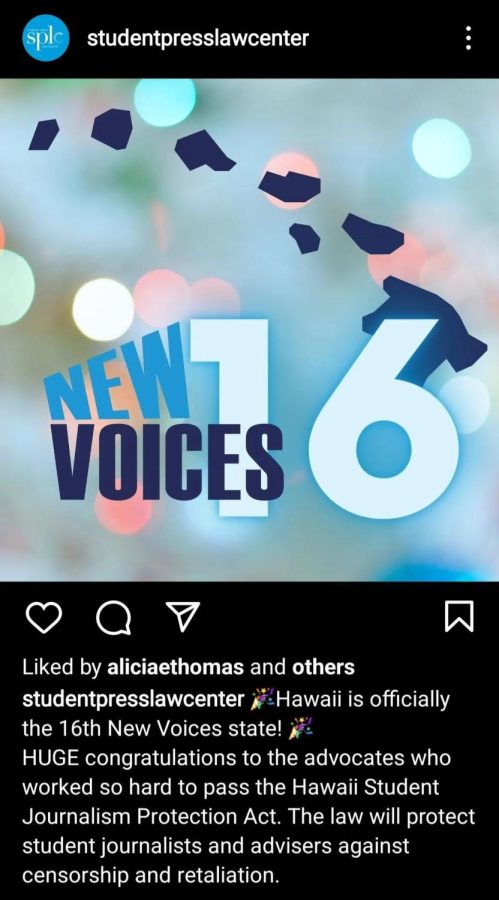In May 2022, Gov. David Ige signed the Hawaii Student Journalism Protection Act. The law requires the Board of Education to align its student media policy with the law. In August 2022, the Department of Education’s language art specialist began the process to comply with the law.
From my perspective as the lead teacher advocate for HSJPA, this process has felt overly long, complicated and opaque. Two years later, the draft is still hanging out in that foggy space between the DOE and the BOE. Soon, a second school year will end and more advocates, students and teachers, might graduate or move on to other jobs without seeing the law’s BOE requirement fulfilled.
The journey to protect the first amendment rights of student journalists actually began in 2018 with the BOE. Or rather without the BOE. We met with the DOE language arts specialist and outlined the need for a student media policy revision. The request went through whatever chains such requests go through and the DOE response was that there was no desire or need for a revision. So we went the legislative route and now a policy revision is no longer a request; it is a legal requirement.
So, the BOE will put the issue on their agenda, some time. The question is, will anyone still be paying attention.
I want to be in the room when this policy journey finally ends. I want students to be in the room when this policy journey finally ends. Based on the most recent policy draft I have seen, I will support it but I want the scholastic journalism story to be on the record. I want the board members and the public to see and hear the chorus that is scholastic journalism.
So, pay attention. In particular, pay attention to upcoming meeting agendas. The agenda for the April general session was posted Apr. 19 and the media policy is not on the agenda. That leaves the general session on May 23 at 1:30 if the board wants to hear the matter before the 2023-24 school year ends.
Here are a few changes to the policy that, while not deal breakers, would make it more user friendly:
- the policy needs to more time defining prior review and the reasons it, while not illegal, is discouraged
- the policy needs to define “prior restraint”
- the policy needs to provide more guidance on what is/isn’t considered media that “Incites students as to create a clear and present danger of the commission of an unlawful act, the violation of a lawful school district policy, or the material and substantial disruption of the orderly operation of the school.”
- instead of “three business days,” the policy should say “72 hours.”
If you want to read more about this policy journey, check out this article:
Student Journalists Still Fighting For Press Freedom In Hawaii

